Welcome Back to Safe Travel in Costa Rica and Hacienda Guachipelin!
*UPDATED OCT. 23, 2020
We warmly welcome you back to safe travel in Costa Rica and Hacienda Guachipelin for end of 2020 and beyond!
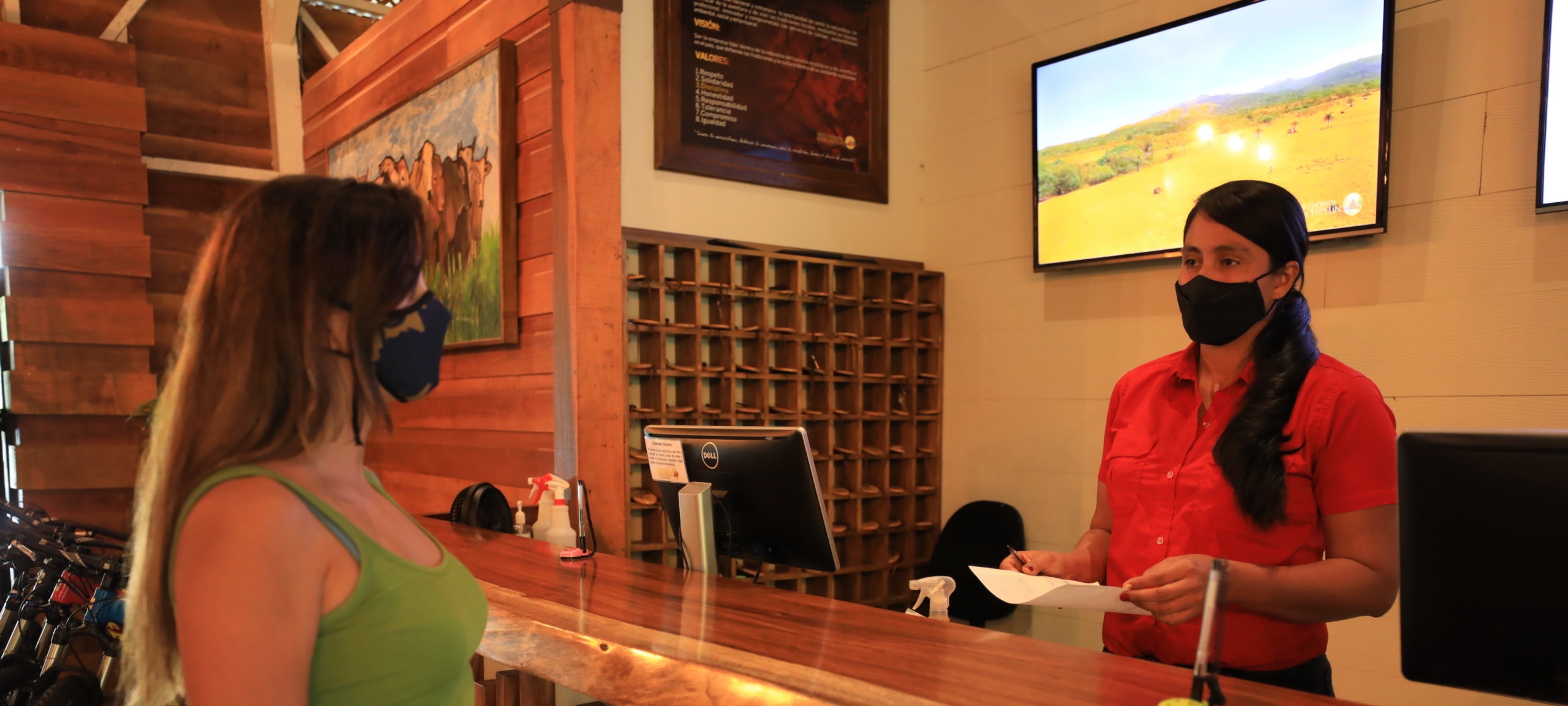
Greetings from Hacienda Guachipelin! We are excited to welcome you back and to invite new visitors to our Clean and Safe Costa Rica establishment in 2020! With Costa Rica travel restrictions easing and borders reopening to tourism in August and even more so in November, visitors from around the world are being allowed to travel to Costa Rica. As of November 1st, travelers from any country will be allowed into Costa Rica. We would like to take this opportunity to clarify “safe travel” to our guests through our health and safety protocols throughout the country and at Hacienda Guachipelin in Guanacaste, Costa Rica.
WTTC Safe Travel’s Stamp in Costa Rica
The World Travel and Tourism Council’s Safe Travels Stamp describes the correct usage of global protocols implemented by the WTTC to achieve effective and safe recovery of the travel sector. The WTTC will be publishing protocols for eleven industries, including: hospitality, attractions, airports and other travel-related industries.
The globally-recognized Safe Travels Stamp signifies governments and companies around the world that have adopted the health and hygiene standards of the WTTC. Costa Rica became the recipient of this stamp in July, which allows the government to certify companies that comply with these international protocols. This is a guarantee to tourists that Costa Rica is committed to comply with sanitary measures in the fight against COVID-19 in Costa Rica. These protocols take into account current WHO and CDC guidelines and will be updated on a continual basis to maintain compliance.
Safety measures in place when you arrive at Hacienda Guachipelin
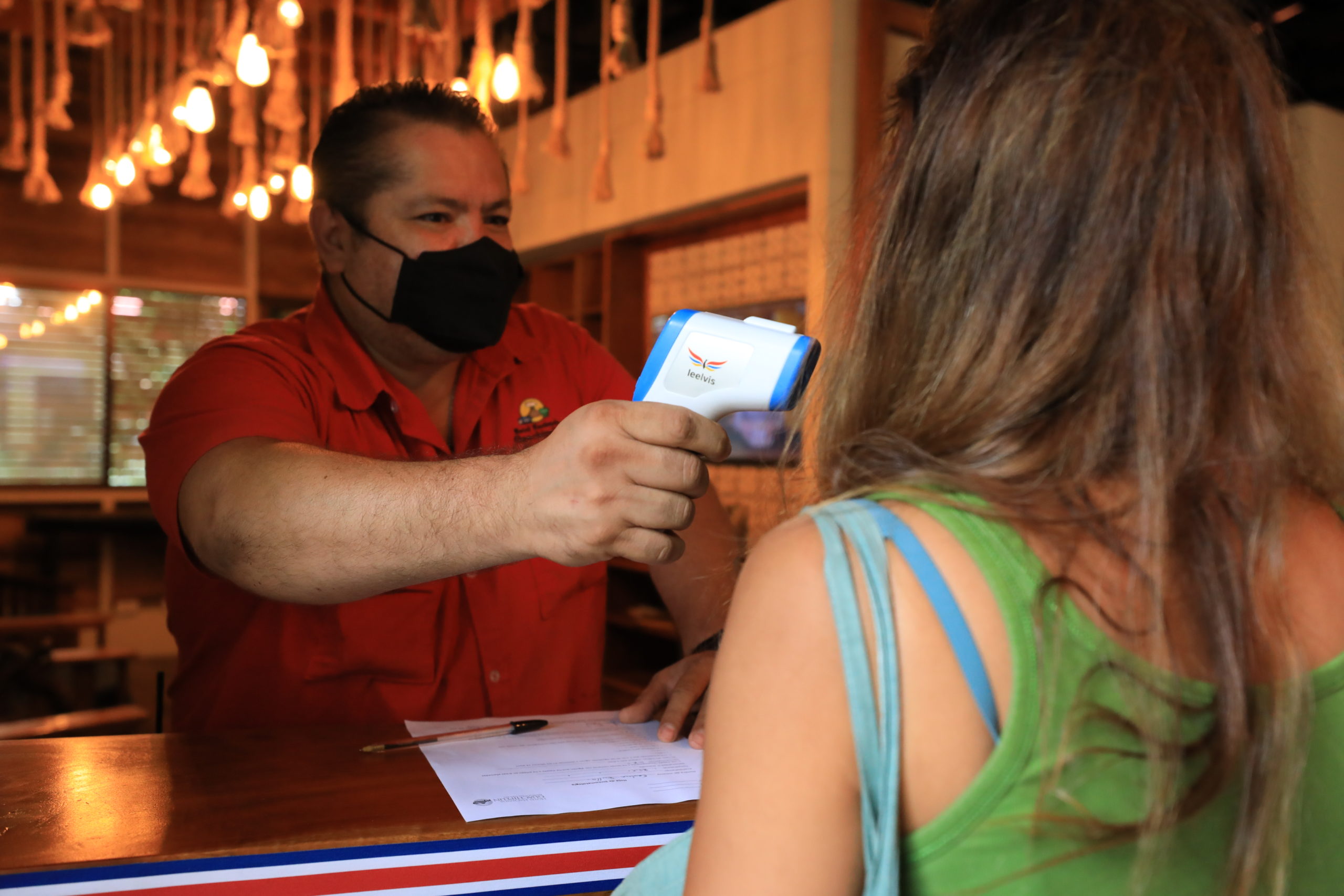
The Clean and Safe to Visit program was designed by DDD Strategy Solutions and approved by the Ministry of Tourism (ICT) and the Ministry of Health to protect the safety and hygiene of visitors and employees. A thorough set of protocols that must be implemented by a tourism establishment to receive the certification. Employees of a business can see via an app what steps must be implemented in their area and prove that they are following directives correctly with photos, videos, and work logs.
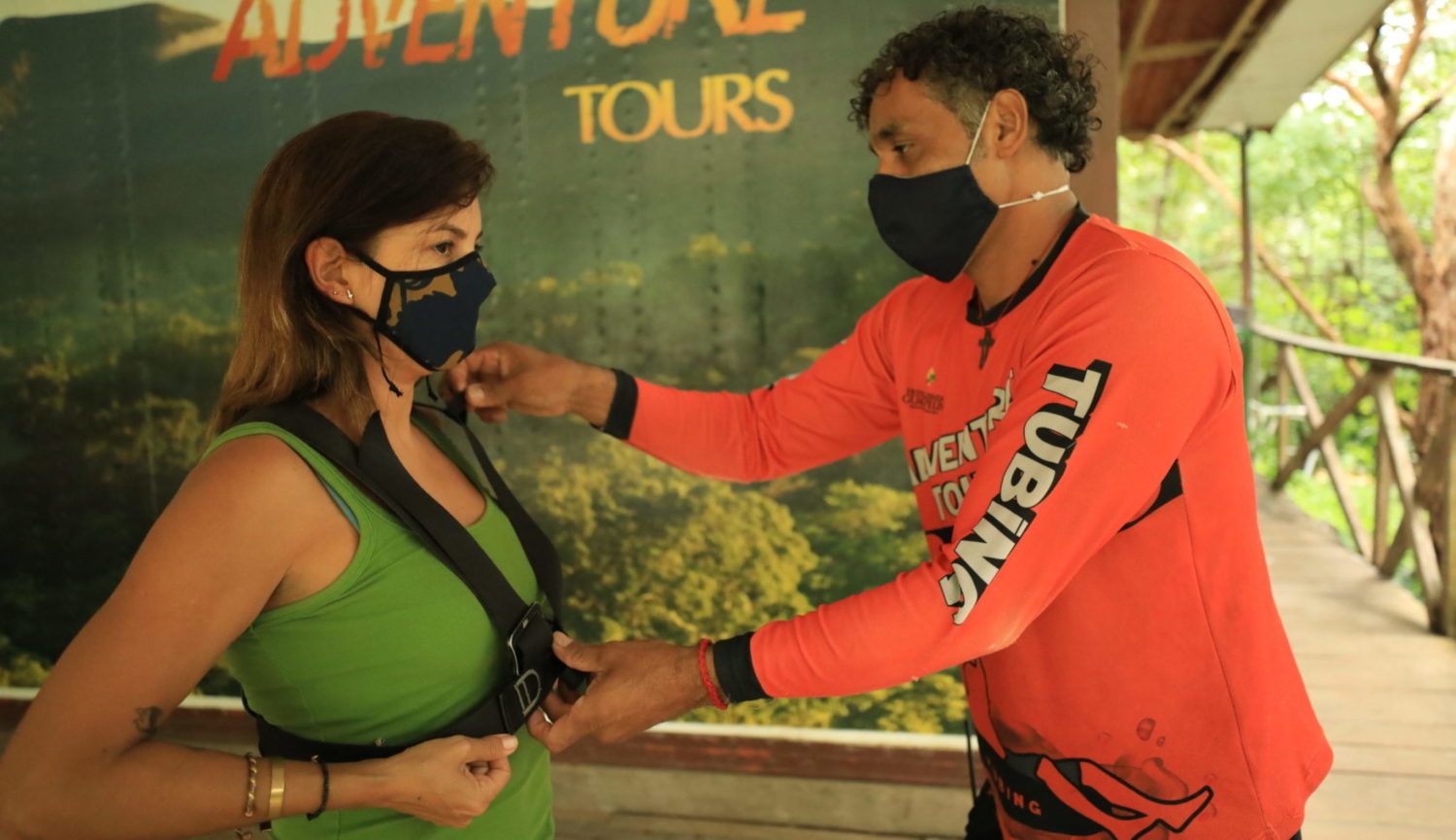
Hacienda Guachipelin is one of less than 20 businesses in Costa Rica to have received its Clean and Safe to Visit certification and we are committed to maintaining these standards of health and safety for all of our visitors in the future. This means that every part of our business — from the preparation of food to the proper disinfection of rooms and tour facilities — Hacienda Guachipelin can guarantee the highest safety standards are in place for the protection of our visitors and employees.
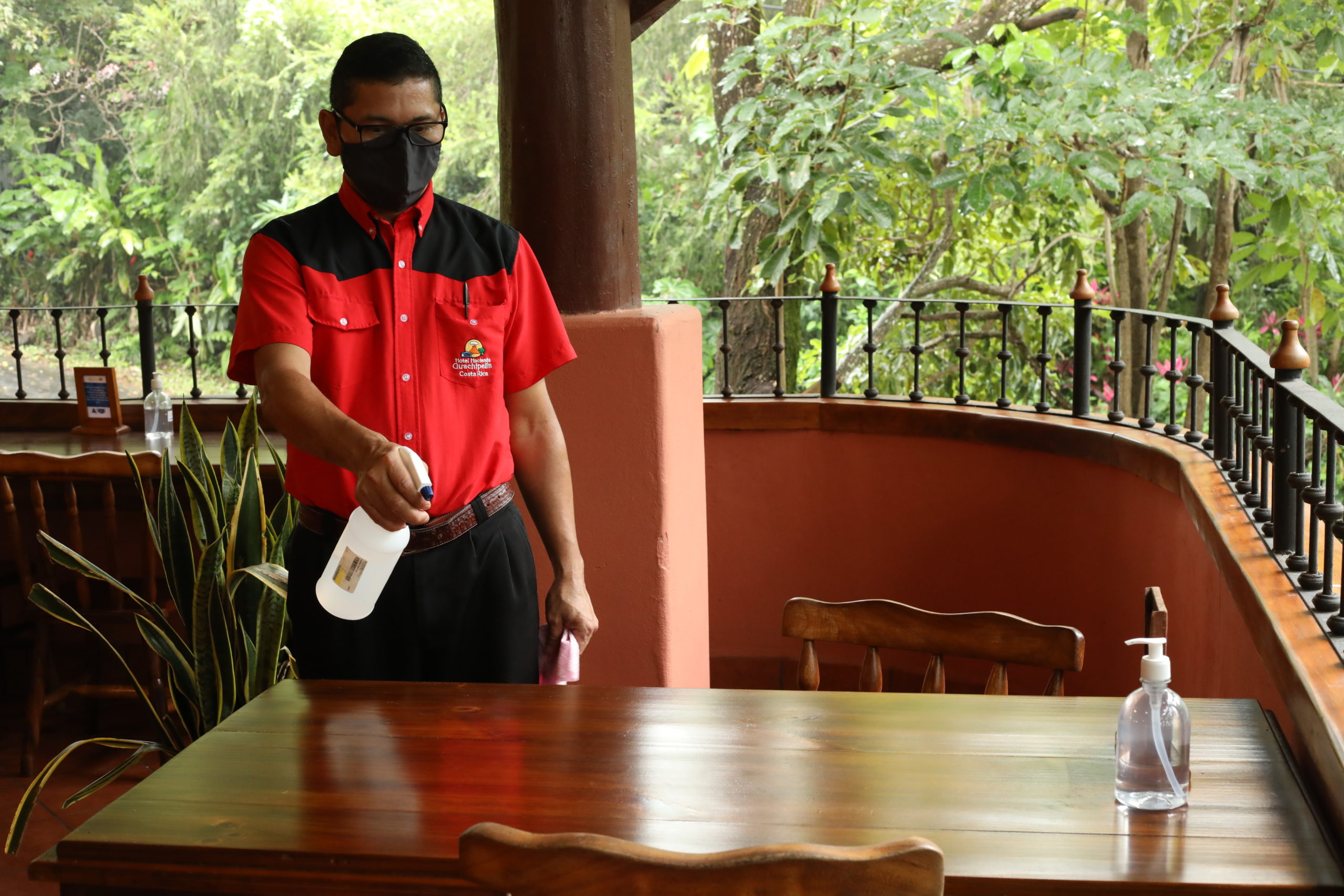
Our restaurant and adventure tours are all open and available to guests who follow the described safety measures. The restaurant and tours are all open air and low density making it easy to maintain social distancing protocols. (https://portlanddentalimplants.com/) There are no central A/C units on the premises and every guest room has an individual A/C.
